Since we run through a solid amount of networking gear at STH, one of the questions we sometimes get is about modules. Today, we are going to show the differences between QSFP28 and CFP4 100G optical modules. In this generation today, you are most likely to see QSFP28, but CFP4 gear exists as well.
QSFP28 or CFP4 100G Optical Module Differences
First off, here is a CFP4 module from Finisar. One can see the optical MPO/MTP-12 connector keyed for male on one side and, on the other, the electrical interface.
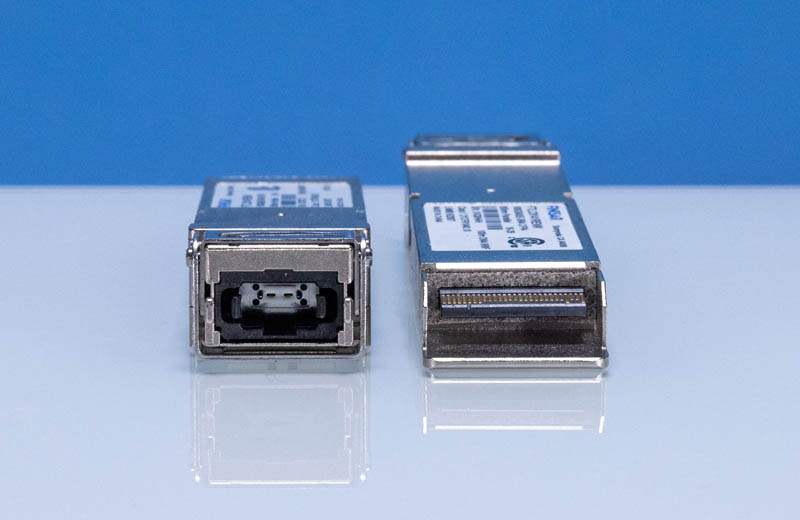
Here is a QSFP28 module that we had images of in our QSFP28-100G-SR4 v. QSFP28-100G-IR4 differences piece.
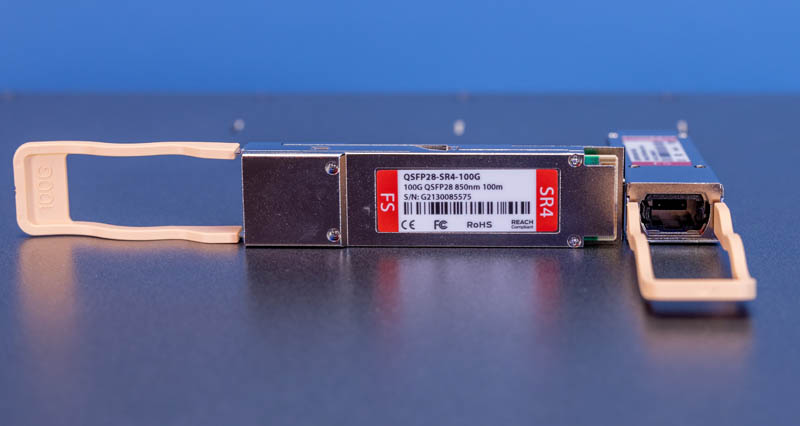
Here is the QSFP28 module next to the CFP4 module from the side.
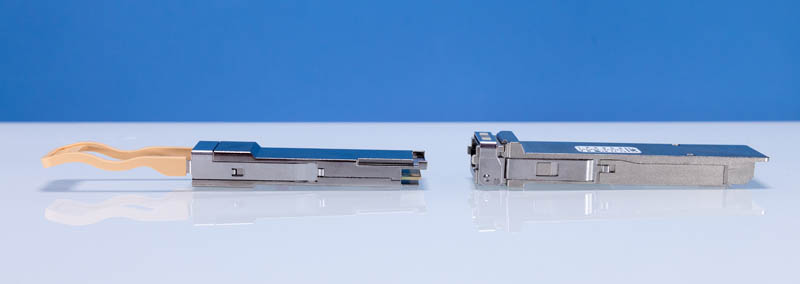
Here they are stacked. One can see that the CFP4 module is considerably larger than the QSFP28 module, except for the QSFP28 pull tab.
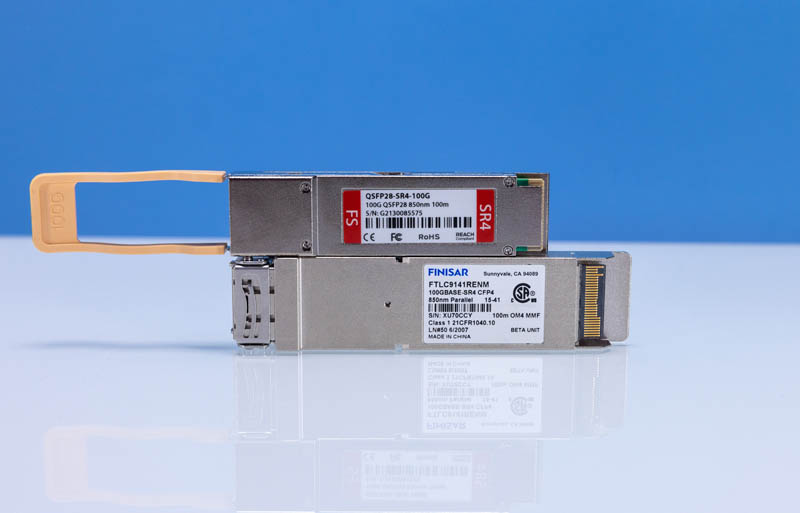
Here are a few more size comparisons. Added here is the QSFP28 IR4 optic, which is a bit longer than the SR4.
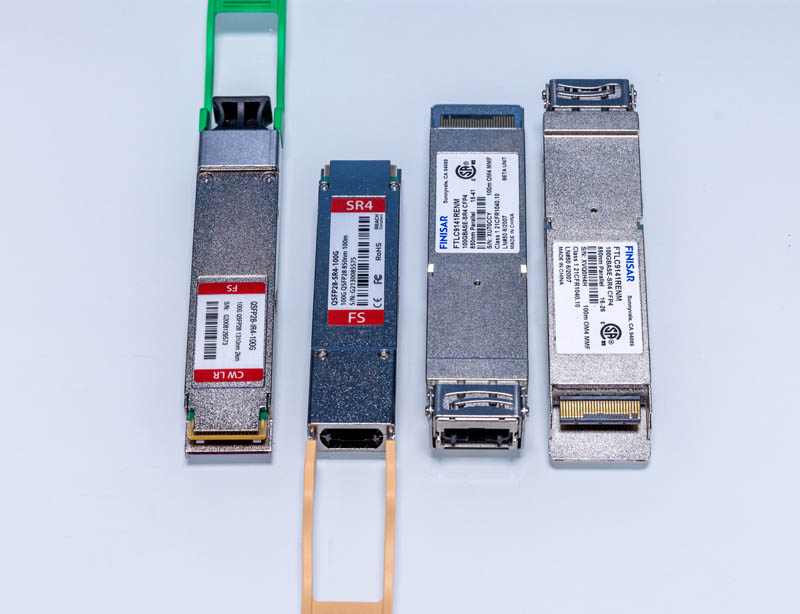
Here is another view.
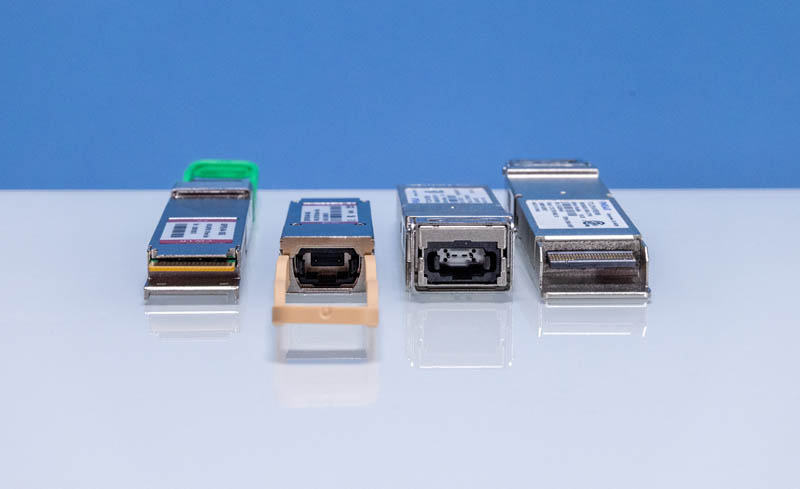
On top, we have two QSFP28 cages. On the bottom, we have a CFP4 cage.
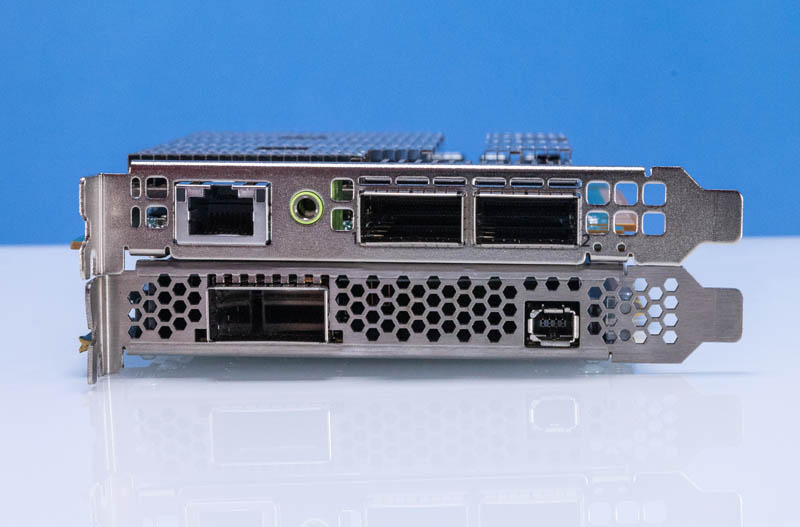
CFP4 modules are around half the size of CFP2 and around a quarter of the size of CFP modules. Those CFP optical modules generally offer longer haul transmission capabilities in networks with more channels and more area for components and heat dissipation. QSFP28 is more designed for things like TOR/ aggregation switches in data centers, NICs, and so forth. Perhaps, the better way to say it is that QSFP28 is focused more on lower power and denser applications. Physically, more QSFP28 cages can fit per U of rack space than CFP4, and with density, one also needs to optimize for power consumption.
Final Words
Generally, most STH readers will focus on the QSFP28 form factor. It is used in most of the switches and NICs that we review. If you come from places like the telco market, you will also be very familiar with CFP form factors. Still, we just wanted to quickly show the two modules side-by-side with cages so our readers can see what they are. It is common to see different module form factors, especially with an earlier larger module for a standard first, then a smaller lower power module as the technology matures. I was looking through photos we had and realized we could show CFP4 and QSFP28 while most of the search results are from QSFP28 vendors re-writing the same articles.

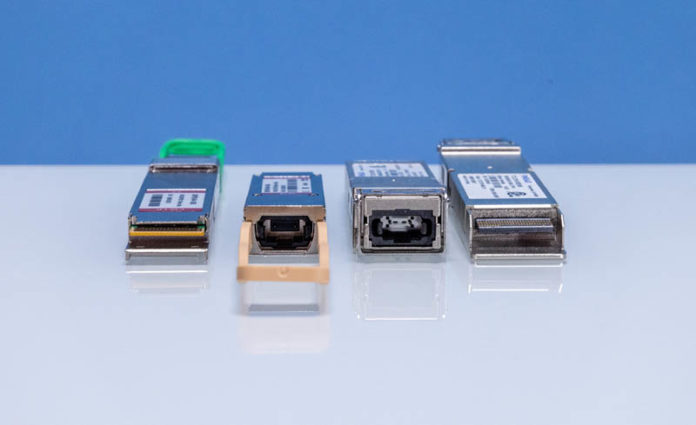



Are there any technological advantages to one over the other, other than the increased density? Thermals, power use, latency, etc?
Found elsewhere:
Optical transceivers that fall under CFP4 specifications support a 10-channel setup divided into 10G signals in addition to a 4-channel setup divided into 25G signals. QSFP28, on the other hand, only supports a 4-channel setup, but each lane is capable of carrying up to 28G Ethernet.
my comment:
This would come in very handy if you are trying to split 1x 100G port into 10x 10G ports. On an QSFP28 port, you’d only get 4x 10G ports